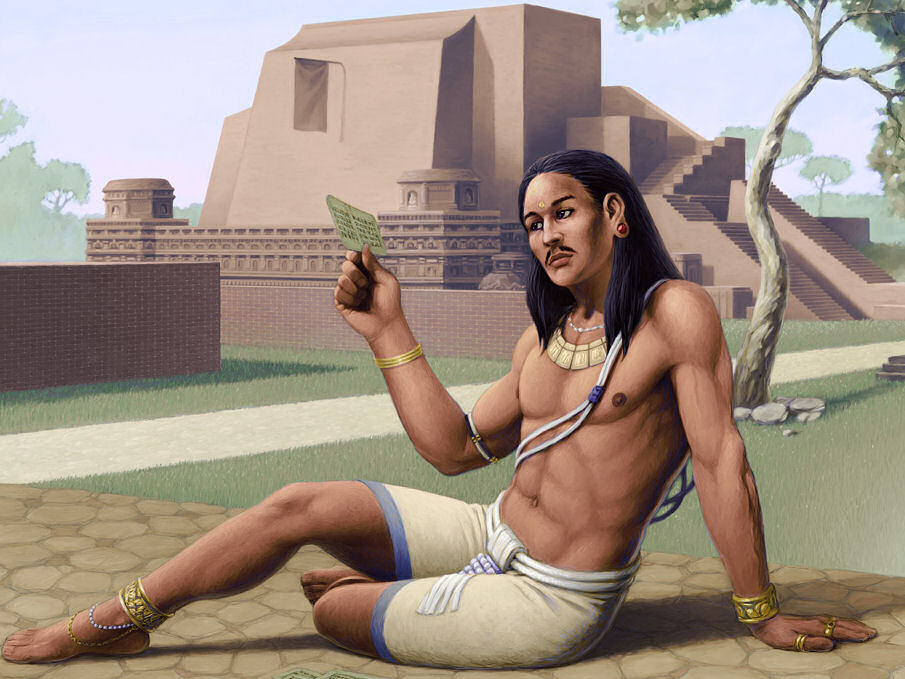301.WHO INVENTED THE ZERO?
BRAMMA GUPTA
Perhaps you didn’t realize that the zero had to be invented! Actually one of man’s greatest inventions, it was a concept that has had a tremendous influence on the history of mankind because it made the development of higher mathematics possible.
Up until about the sixteenth century, the number system used in Europe was the Roman system, invented about two thousand years ago. The Roman system was not a simple one. It is built on a base of 10. Thus the mark “X” means 10. The letter “C” means 100. The letter “M” stands for 1,000. The mark for 1 is “I,” for 5 “V,” for 50 “L,” and for 500 “D.” 4 is shown by “IV,” or 1 less than 5. To indicate 1,648, you write: “MDC XI VIII” In the Roman system, to read the number, sometimes you count, sometimes you subtract, sometimes you add.
Long before the birth of Christ, the Hindus in India had invented a far better number system. It was brought to Europe about the year 900 by Arab traders and is called the Hindu-Arabic system.
In the Hindu-Arabic system, all numbers are written with the nine digits—1, 2, 3, 4, 5, 6, 7, 8, 9—and the zero, 0. In a number written with this system each figure has a value according to the place in which it is written.
We know the number 10 means 1 ten, because the “1” is written in the lO’s place and the zero shows there are no units to be written in the unit place. The number 40 means four lO’s and no units, or 40 units. The zero shows that the 4 is written in the lO’s place.
The Romans had no zero in their system. To write 205, they wrote “CCV.” They had no plan using place values. In the Hindu-Arabic system we write 205 by putting 2 in the lOO’s place to show 200, 0 in the lO’s place to show that there are no lO’s, and the 5 in the 1’s place to show that there are 5 units.



Leave a Reply